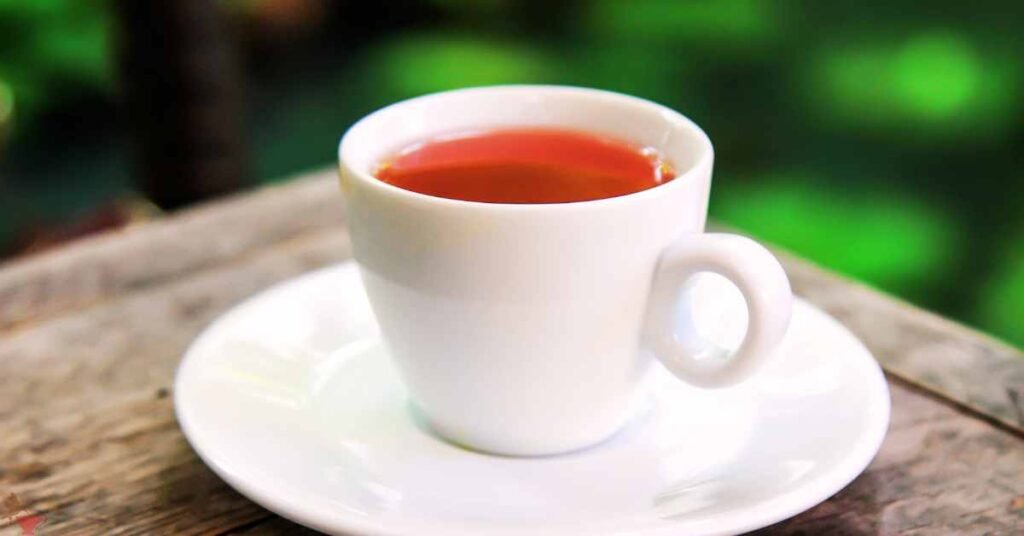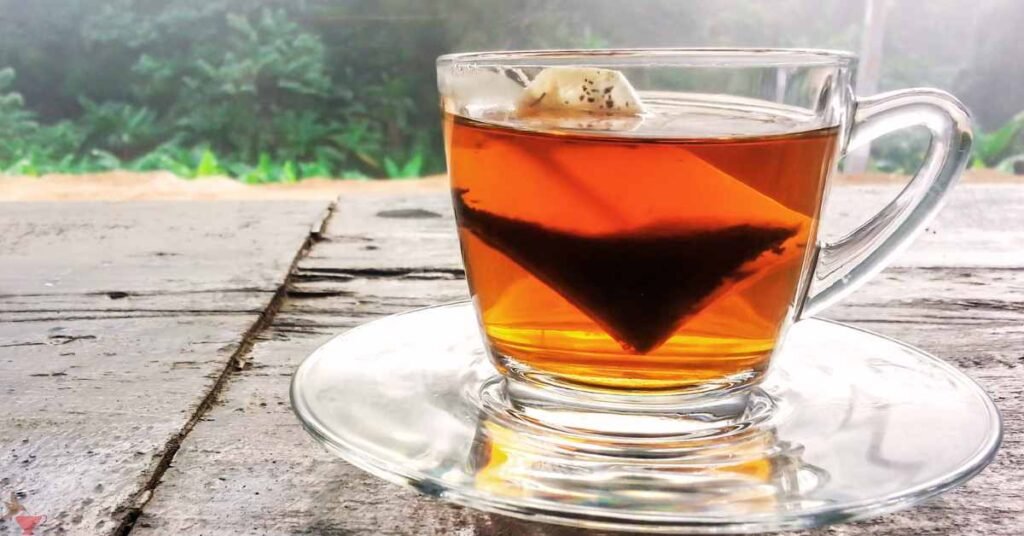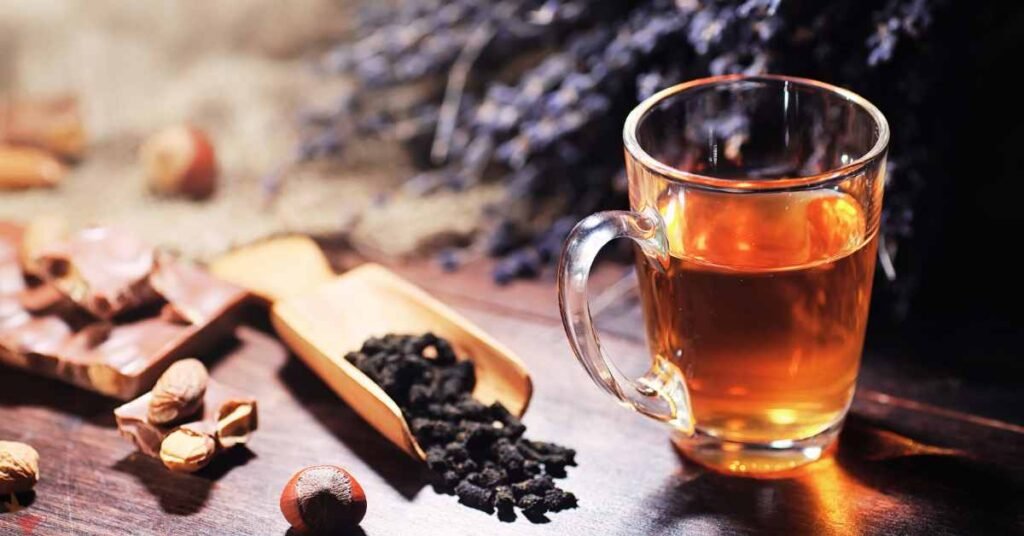In the realm of culinary pleasures, few things rival the satisfaction of a well-enjoyed meal.
Yet, as plates are cleared and conversations linger, the question often arises: what beverage complements this culinary experience best?
Enter tea, a timeless elixir celebrated not just for its taste but also for its myriad health benefits.
Whether enjoyed hot or cold, tea after a meal offers a refreshing and healthful finale to dining.
Let’s delve into the nuances of why tea makes an ideal post-meal companion, exploring the when, how, and why behind this ancient tradition.
The Warm Embrace of Hot Tea

For centuries, cultures around the world have embraced hot tea as a post-meal ritual, and for good reason.
Hot tea aids digestion, thanks to its warmth, which helps to relax the muscles of the digestive tract, easing the passage of food through the system.
Furthermore, certain varieties of tea, such as peppermint and ginger, contain natural compounds known to alleviate bloating and indigestion, making them particularly well-suited for consumption after a heavy meal.
A steaming cup of green tea, rich in antioxidants, can also help neutralize free radicals produced during digestion, promoting overall gut health.
The Refreshing Chill of Iced Tea
In warmer climates or during the scorching summer months, iced tea emerges as a delightful alternative to its heated counterpart. Despite its cool temperature, iced tea still offers digestive benefits.
Its hydrating properties aid in maintaining optimal digestion, while its refreshing taste provides a welcome contrast to the flavors of a meal.
Additionally, herbal teas like hibiscus or chamomile, when served cold, deliver a burst of flavor along with their calming and digestive properties, offering a perfect post-meal refresher.
The Timing and Technique
When it comes to enjoying tea after a meal, timing and technique are key.
Aim to consume tea roughly 30 minutes to an hour after eating, allowing your body time to begin the digestion process.

This interval also helps prevent any interference between the tannins in tea and the absorption of iron from your food.
As for preparation, steep your tea properly to unlock its full flavor and benefits.
Different teas require different steeping times and temperatures, so consult packaging instructions or experiment to find the perfect balance of flavor and strength.
Tea Varieties for Every Palate
The world of tea is vast and diverse, offering an array of flavors and health benefits to suit every palate.
For those seeking a caffeine boost, black tea varieties like Assam or Earl Grey provide a robust, energizing option.
Green tea enthusiasts can explore delicate blends like sencha or matcha, renowned for their antioxidant content and subtle grassy notes.
Herbal teas, such as chamomile, peppermint, or rooibos, offer caffeine-free alternatives with their own unique health benefits and flavor profiles. Ultimately, the best tea for you is the one that aligns with your taste preferences and dietary needs.
Final Word

In the timeless tradition of tea, we find not only a beverage but a ritual—a moment of pause and reflection after the bustle of a meal.
Whether sipped steaming hot or chilled over ice, tea offers a gentle embrace to aid digestion, refresh the palate, and promote overall well-being.
So, the next time you find yourself lingering at the table, consider reaching for a cup of tea. In its quiet simplicity, you may just discover the perfect conclusion to your dining experience.
MEDICAL DISCLAIMER
Itsnevernotteatime.com cannot and does not contain medical/health advice. The medical/health information is provided for general and educational purposes only and is not a substitute for professional advice.




